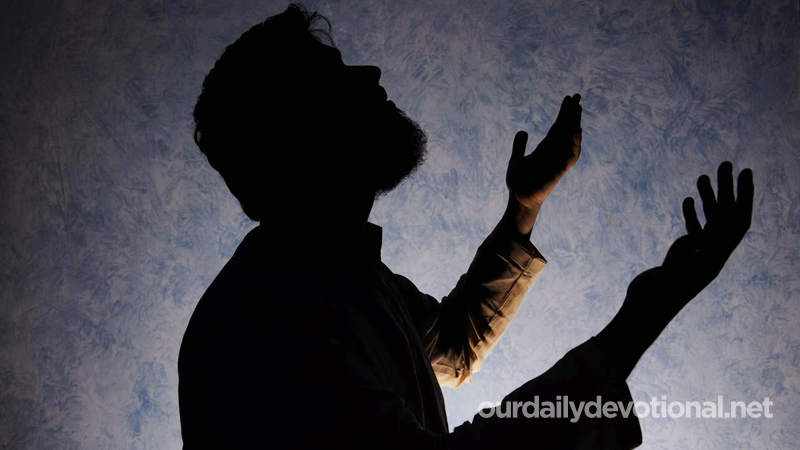The Bible frequently mentions the use of lamps, both in worship and in domestic life. The seven lamps of the golden lampstand, first in the tabernacle, then in the Temple, were also of gold (Ex. 37:23; 1 Kings 7:49); the oil of crushed olives fed the flame (Ex. 27:20).
The snuffers for cutting the wicks were also of gold, as were the saucers (Ex. 25:38). Ordinary earthen lamps sometimes had covers, either independent or an integral part of the utensil.
A hole in the center of the lid allowed the introduction of oil; At one end, another hole allowed a wick to pass through. Our King James Version 1960 translates the Hebrew word “nêr” as lamp, lamplight, lantern (2 Sam. 21:17; Jer. 25:10; Zeph. 1:12).
The heb. “lappid” is translated as brands, torches, and lightning (Judg. 7:16, 20; Is. 62:1; Dan. 10:6; Judg. 15:4; Nah. 2:4; Zech. 12:6; Gen. 15:17; Ex. 20:18). The term gr. It is translated as lamps and torches (Mt. 25:1; Rev. 4:5; Acts 20:8; Jn. 18:3).
Figuratively, the lamp represents the Word of God (Ps. 119:105; Pr. 6:23). The torch is the image of divine salvation (Is. 62:1; Phil. 2:15, "luminaries"). The spirit of man is a “lamp of the Lord” (Prov. 20:27).
Extinguishing someone's lamp means his destruction (2 Sam. 21:17; Prov. 13:9). The lamp symbolizes the testimony of believers that gives light to souls lost in darkness (John 5:35; Mt. 5:15-16; cf. Rev. 1:12, 20).
Meaning of LAMP
The Bible frequently mentions the use of lamps, both in worship and in domestic life.







